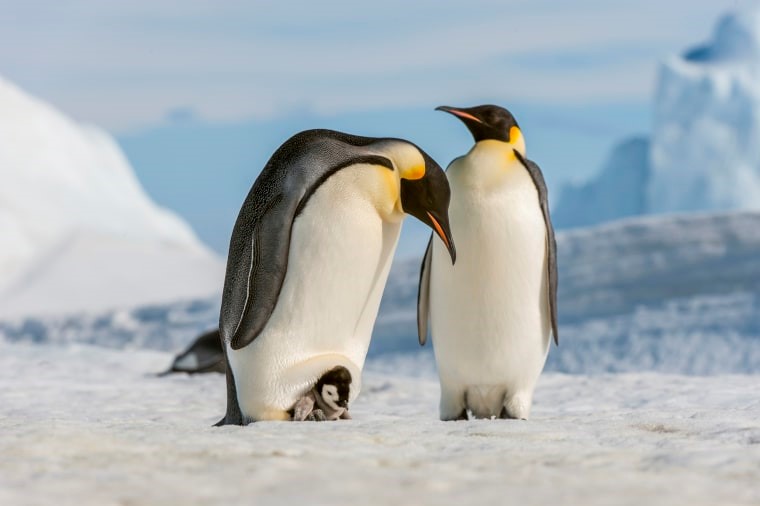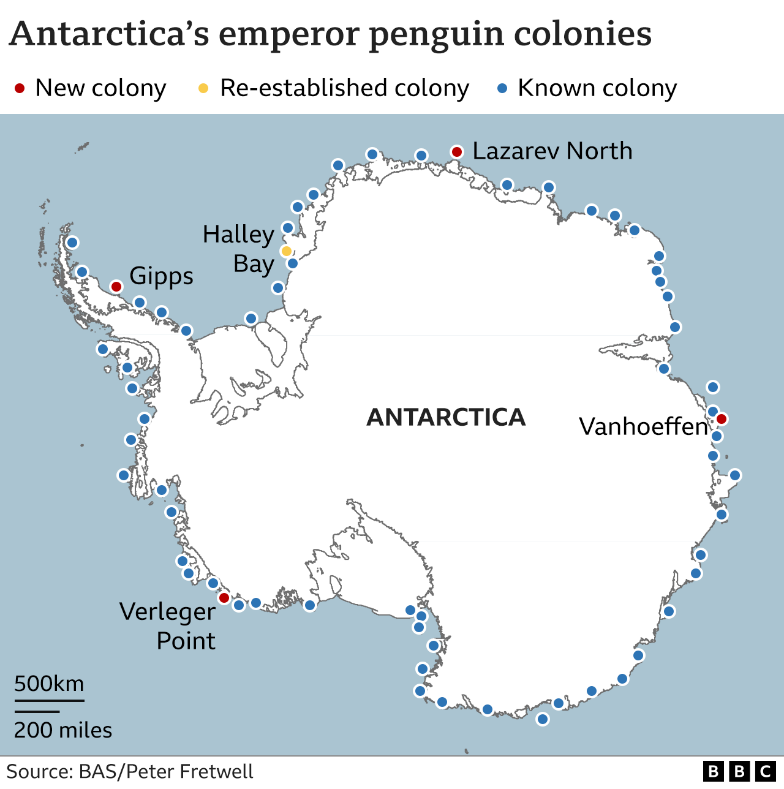Free Courses Sale ends Soon, Get It Now


Free Courses Sale ends Soon, Get It Now



Disclaimer: Copyright infringement not intended.
Context

Emperor Penguin
Taxonomy and Classification:
Physical Characteristics:
Distribution:
Reproduction and Breeding:
Life Cycle:
Adaptations to Extreme Conditions:
Conservation Status:

|
PRACTICE QUESTION Q. Consider the following statements regarding the Emperor Penguin (Aptenodytes forsteri):
Which of the statements above is/are correct? A) Only 1 B) 2 and 3 C) Only 3 D) 2 only Answer: D) 2 only Explanation: Statement 1 is incorrect as Emperor Penguins are the largest among all penguin species. Statement 3 is incorrect as Emperor Penguins are primarily found in Antarctica, not the Arctic region. Statement 2 is correct as their breeding cycle involves females laying eggs, which are then incubated by males, who also provide food for the chicks. |
© 2024 iasgyan. All right reserved